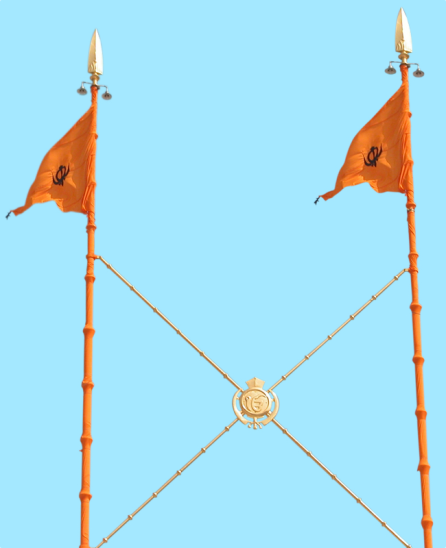GOBINDPURA, village 7 km west of Bareta (29°52`N, 75°42`E) in Mansa district of the Punjab, is sacred to Guru Tcgh Bahadur as well as to Guru Gobind Singh. Guru Tcgh Bahadur, says the Sdkhi Polhi, arrived here from Bachchhoana on his way to Gaga and further east. Guru Gobind Singh passed through it on his way back from Akbarpur Khudal to Sirsa in 1706. Separate Mariji Sahibs in the form of platforms dedicated one each to them were built in a single hall.
Explore Guru Ka Langar, the community kitchen integral to Sikh tradition, fostering equality and unity through shared meals at gurdwaras.
Explore the tradition of Kar Bhet, a heartfelt offering by Sikhs to the Guru, rooted in honest labor and community service, enriching spiritual devotion.
Explore how the Miri Piri concept unifies temporal authority and spiritual guidance in Sikhism, shaping religious and political thought since Guru Hargobind.
- 1
- 2




